Gold Volatility Vs. Silver Volatility: What’s the Difference?
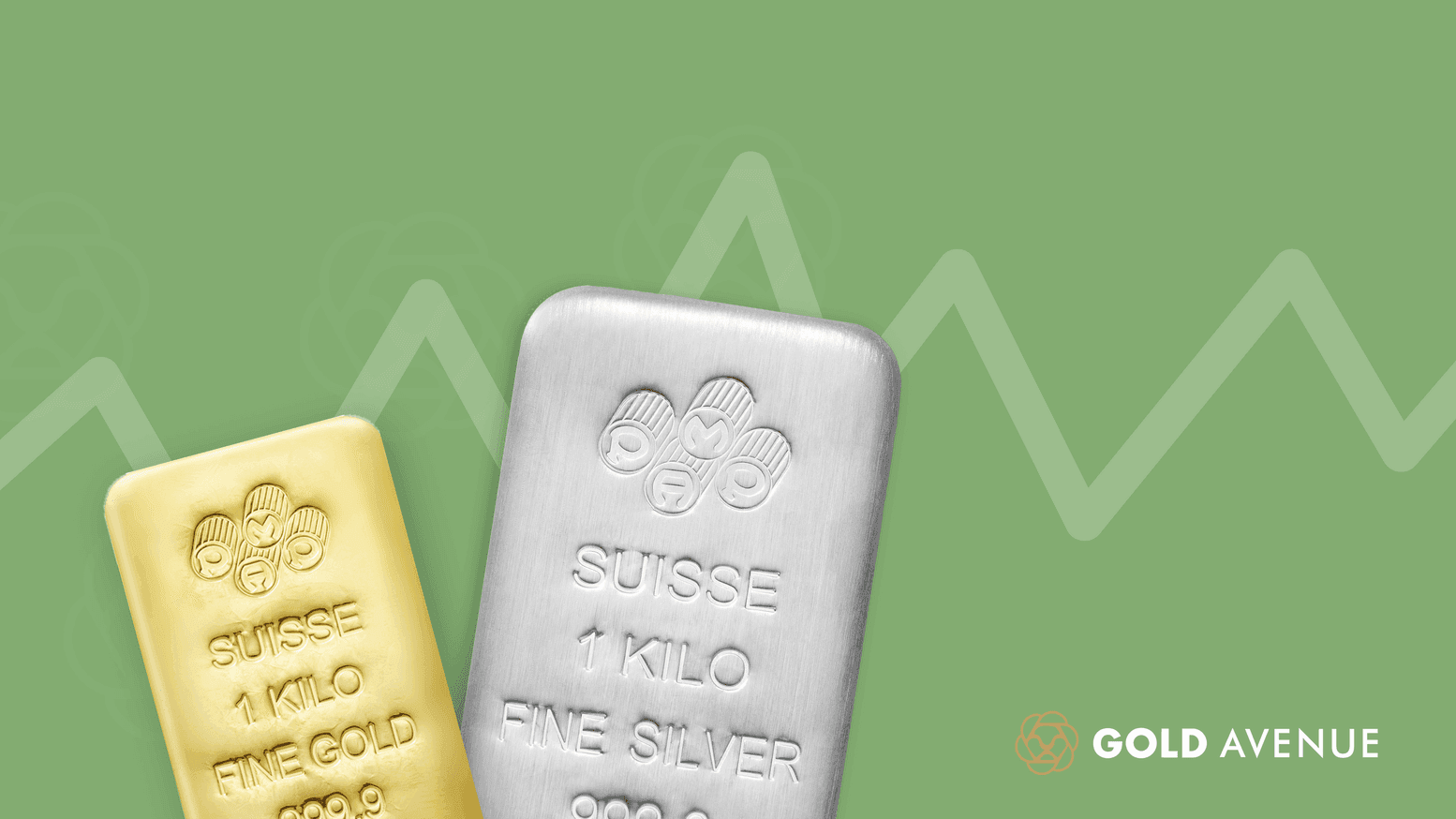
Both gold and silver are loved by investors but the two precious metals were not created equal. Gold is much less volatile than silver. Why so and how can this impact your investment?
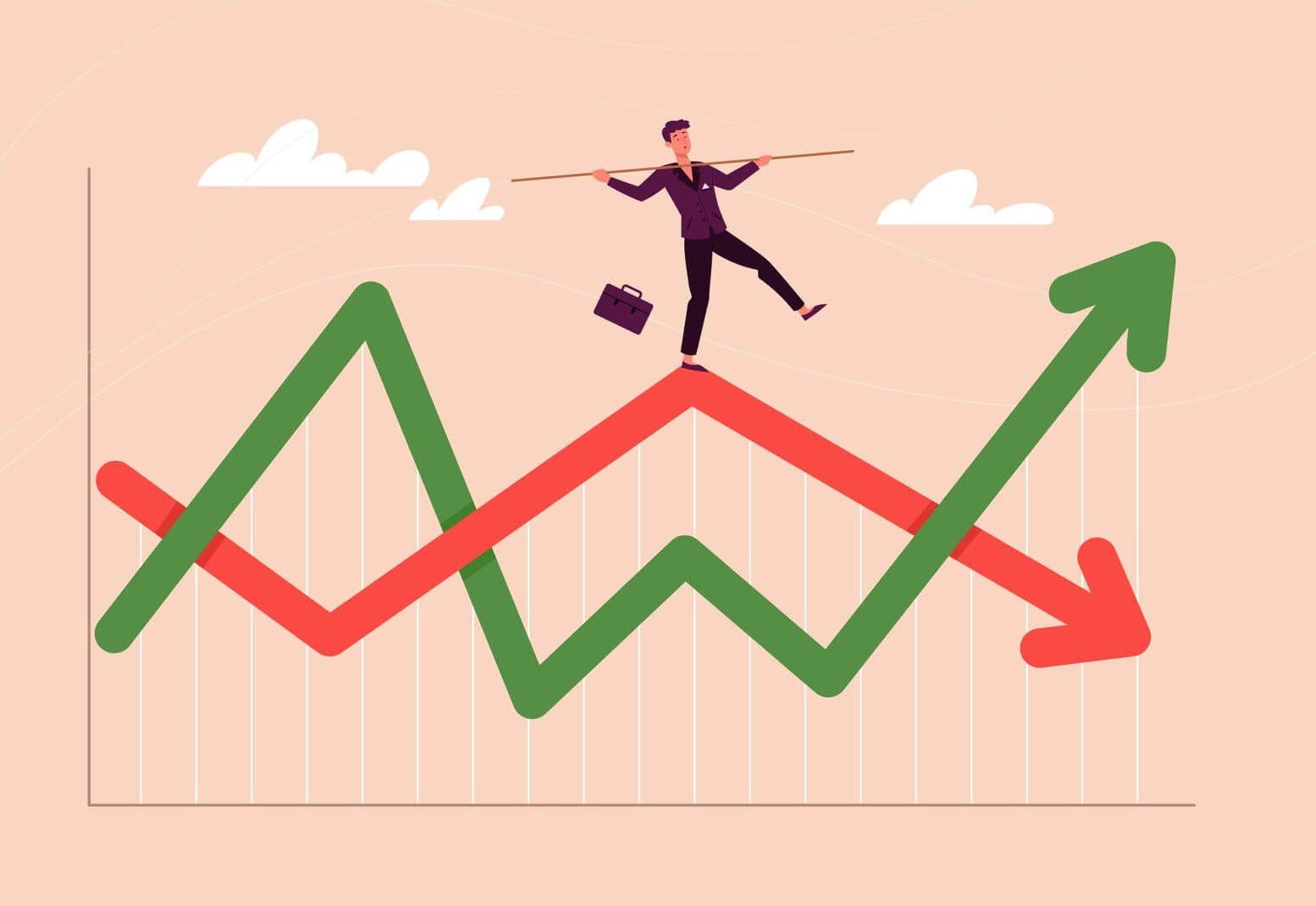
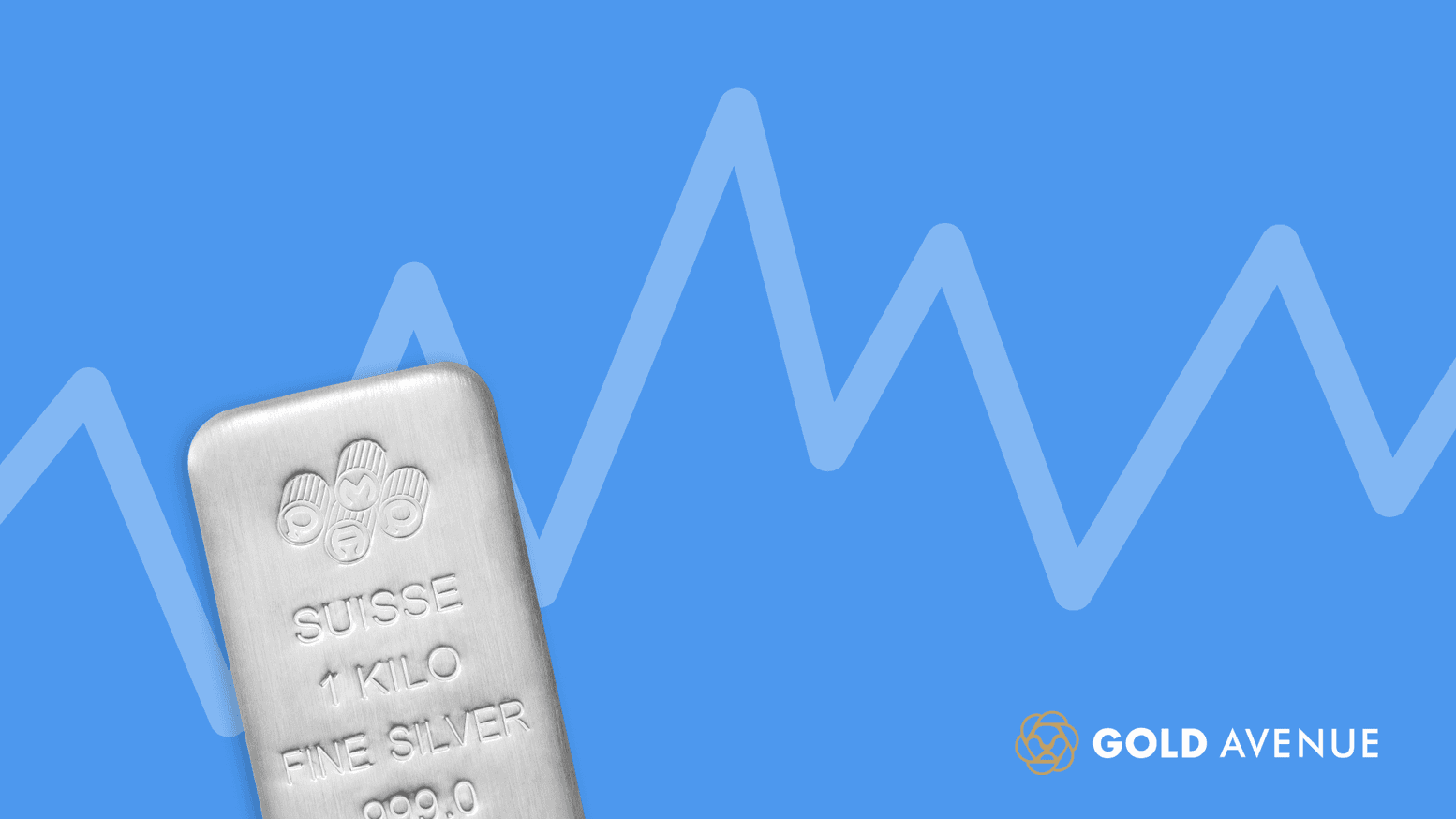

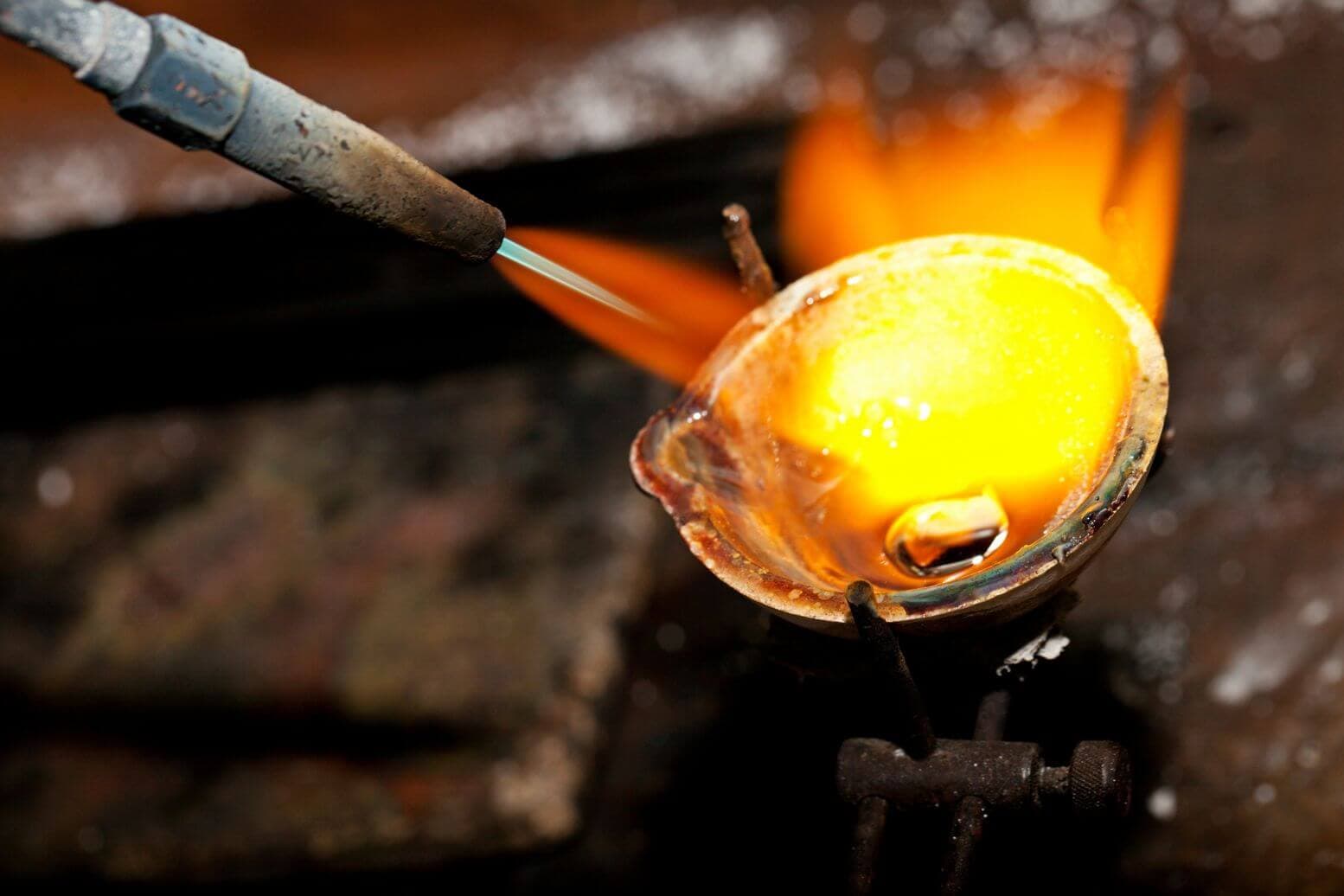
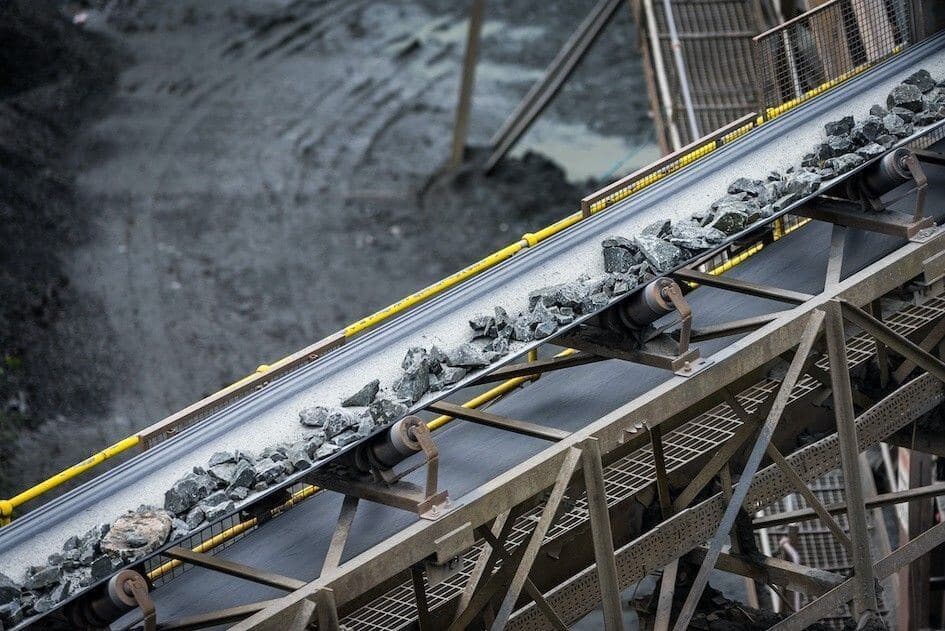
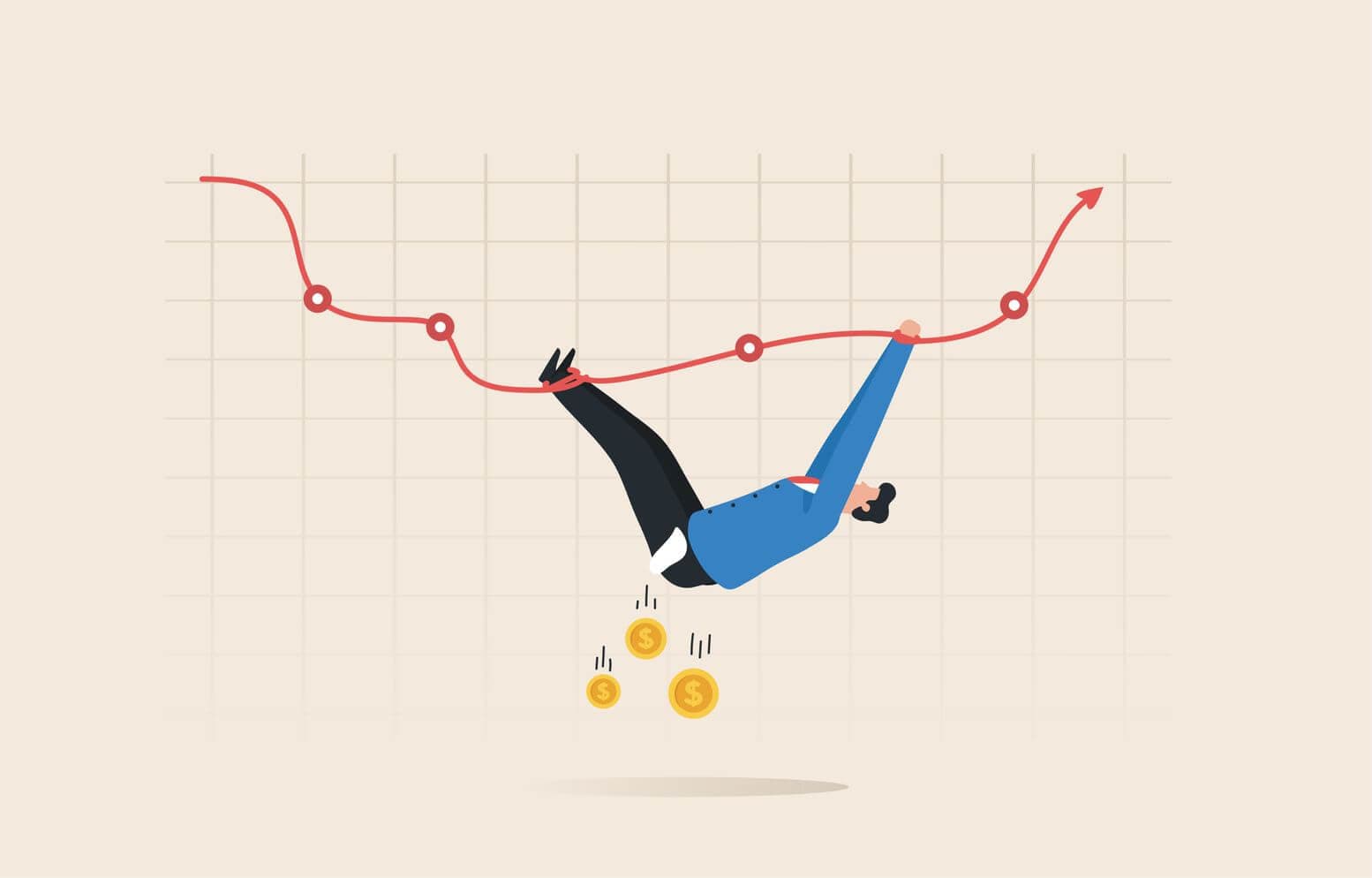
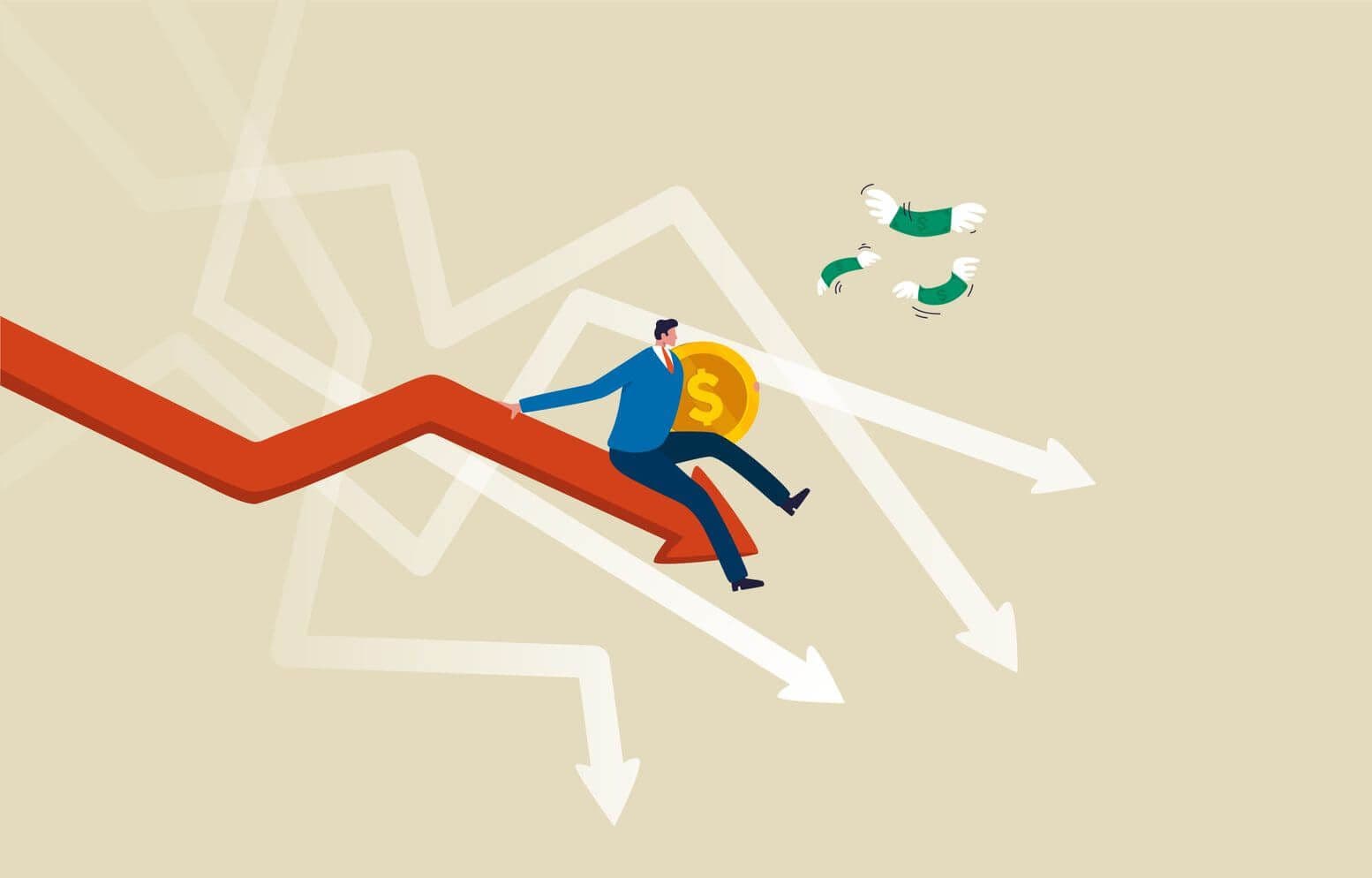
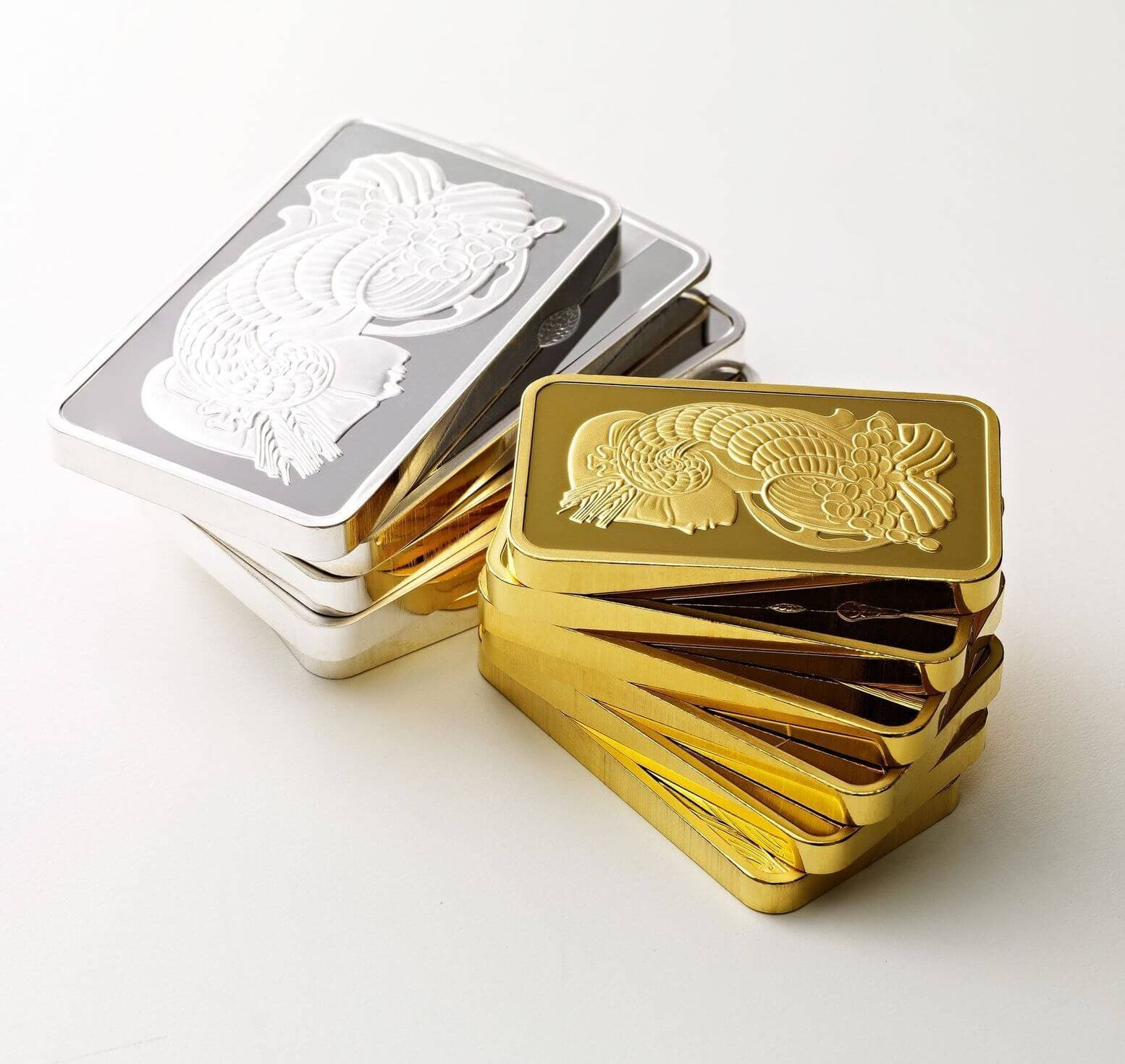

Both gold and silver are loved by investors but the two precious metals were not created equal. Gold is much less volatile than silver. Why so and how can this impact your investment?







